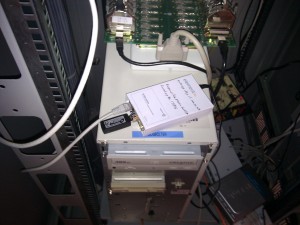Surveillance consequences
Wednesday, August 7th, 2013Mass surveillance of the citizens of a country allows intelligence services to use ‘big data’ techniques to find suspicious things which they would not otherwise have found. They can analyse the graph structure of communications to look for suspicious patterns or suspicious keywords. However as a long term strategy it is fundamentally flawed. The problem is the effect of surveillance on those being watched. Being watched means not being trusted, being outside and other, separate from those who know best and under suspicion. It makes you foreign, alien and apart, it causes fear and apprehension, it reduces integration. It makes communities which feel that they are being picked on, distressed and splits them apart from those around them. This causes a feeling of oppression and unfairness, of injustice. This results in anger, which grows in the darkness and leads to death.
That is not the way to deal with ‘terrorism’. Come, let us build our lives together as one community, not set apart and divided. Let us come together and talk of how we can build a better world for us and for our children. Inside we are all the same, it does not matter where we came from, only where we are going to and how we get there.
Come, let us put on love rather than fear, let us welcome rather than reject, let us build a country where freedom reigns and peace flows like a river through happy tree lined streets where children play.
I may be an idealist but that does not make this impossible, only really hard, and massively worth it. The place to begin is as always in my own heart for I am not yet ready to live in the country I want us to be. There is a long way to go, and so my friends: let us begin.

